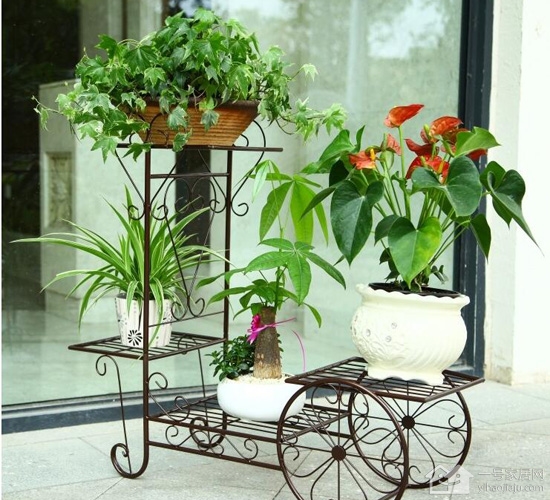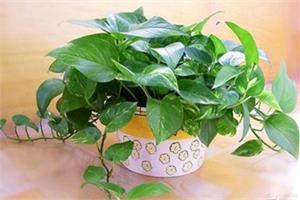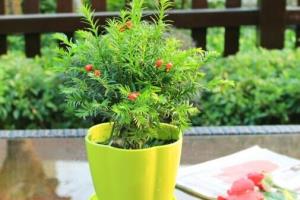The transplanting of Cymbidium pays attention to the experience of multi-flowers and plants.
Cymbidium is a common plant in the home, it plays a significant role in purifying household air and absorbing formaldehyde, and it is one of the household plants loved by many people. Hanging orchid culture to a certain extent, it is necessary to transplant to change pots, many people do not know how to do this? Next, let's take a look at the breeding experience of an orchid enthusiast and see how he transplants it.

I like to raise hanging orchids, every spring, always transplant it once, and its "refined troops and simple administration" some, get rid of the old, leaving vitality. After transplanting in this way, pots of orchids grow full of vitality. So, how to maintain the orchid after transplanting? There are three points in my experience.
1. Prevent too much moisture. Water contributes to the cell division of plants, so the growth of Cymbidium can not be separated from water. However, if the water is sufficient and frequent, the space in the soil that should have "stored" oxygen is occupied, causing the root system to be closed, and the orchid will rot and wither. Therefore, after transplanting, watering must depend on the dryness and wetness of the flowerpot, so that "if it is not dry or watered, it will be watered thoroughly." you must not pour the leftover tea and rice water into the flowerpot every day, as this will "wet the orchid to death."
two。 Prevent the shortage of fertilizer. "crops are flowers, and they are all dominated by fertilizer." The same is true of Cymbidium after transplanting. When the orchid grows new buds, or blossoms, this is the time when it consumes nutrients, it should be fertilized in time. The better the orchid grows and the more nutrients it consumes, the more attention should be paid to fertilization. Plant ash is a good potash fertilizer, which is often sprinkled in its basin, which is beneficial to the root system and branched leaves of Cymbidium. If you don't apply fertilizer for a long time, the orchid will starve to death.
3. Prevent the harm of pests. Hanging orchids can also be "sick", which is harmed by pests. If you find this kind of situation, it is necessary to exterminate insects in time. To deal with pests, chemical solution can be used to control pests, or self-made medicine solution can be used, such as washing powder diluted and injected into the hanging orchid basin, which can kill black flies; cigarette butts soaked on the branches and leaves of hanging orchids can kill aphids, nematodes, red spiders, etc.; plant ash, onion leaves, garlic juice all have the effect of killing insects and repellent insects.
The above is the experience of transplanting Cymbidium that we share. Unexpectedly, a small pot of Cymbidium is very knowledgeable. I hope friends can raise it well and add a touch of green to home life.
- Prev

When to change the pot of green apple? the method and steps of changing the pot of green apple
When to change the pot of green apple? the method and steps of changing the pot of green apple
- Next

The precious yew brings health and luxury to the family.
The precious yew brings health and luxury to the family.
Related
- Wuhan Hospital Iron Tree Blooming Result Was Instantly Frightened by the Gardener Master
- Which variety of camellia is the most fragrant and best? Which one do you like best?
- What is the small blue coat, the breeding methods and matters needing attention of the succulent plant
- Dormancy time and maintenance management of succulent plants during dormancy
- Minas succulent how to raise, Minas succulent plant pictures
- What are the varieties of winter succulent plants
- How to raise succulent plants in twelve rolls? let's take a look at some experience of breeding twelve rolls.
- Attention should be paid to water control for succulent plants during dormant period (winter and summer)
- Watering experience of twelve rolls of succulent plants
- Techniques for fertilizing succulent plants. An article will let you know how to fertilize succulent plants.

